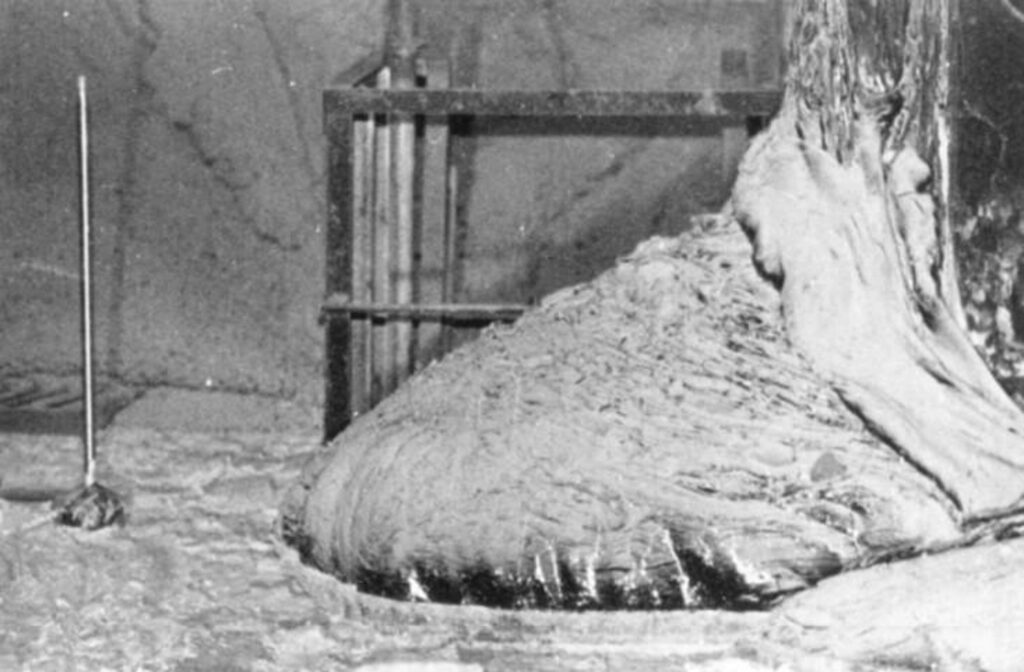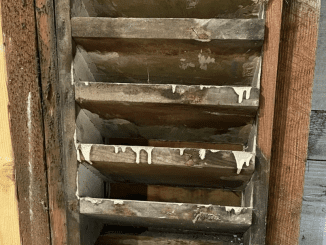In the depths of Chernobyl’s nuclear wasteland, a terrifying relic lies in wait – the Elephant’s Foot, the most lethal object on Earth. This amalgamation of melted nuclear fuel, sand, and concrete poses a grave threat, with the power to end a life in a mere two days.
The Elephant’s Foot is a chilling reminder of the devastation left in the wake of the Chernobyl nuclear disaster. This two-meter-long mass, with its distinct elephant-like wrinkles, is a testament to the catastrophic events that unfolded on that fateful day in April 1986.

For Illustration Purpose | Freepik
At the time of its discovery, the Elephant’s Foot was emitting an astounding 10,000 roentgens per hour – a level so high that it could deliver a fatal dose of radiation in just five minutes. To put this into perspective, the average person is exposed to a mere 0.3 roentgens per year, making the Elephant’s Foot’s radiation levels truly mind-boggling.
The terrifying reality is that the Elephant’s Foot remains highly radioactive, and its dangers have not diminished over time. In fact, it is estimated that the object will continue to pose a threat for tens of thousands of years, with radiation levels slowly decreasing but still maintaining a lethal potential.
Alongside the Elephant’s Foot, another relic from the Chernobyl disaster lurks in the shadows – the Claw. This abandoned tool, used to handle the highly radioactive materials that were ejected from the reactor during the explosion, is a chilling reminder of the immense challenges faced by the cleanup crew.
The Claw, located deep within the Chernobyl exclusion zone, continues to emit over 950 microsieverts of radiation per day, making any contact with it extremely hazardous. This forgotten relic serves as a sobering testament to the ongoing dangers that linger in the aftermath of the Chernobyl disaster.
The Claw, though largely forgotten, was a vital tool during the catastrophe’s aftermath. As the control rods, graphite, and fuel rods were scattered across the rooftops, this Claw played a crucial role in the dangerous task of moving the highly radioactive materials back into the core. The bravery and sacrifice of the cleanup crew cannot be overstated.

For Illustration Purpose | US Department of Energy
The Chernobyl exclusion zone is a haunting reminder of the consequences of nuclear disaster, and the Elephant’s Foot and the Claw are just two of the many hazards that still linger within its boundaries. Venturing into this radioactive wasteland is an undertaking that few would dare to consider.
Even decades after the disaster, the Chernobyl exclusion zone remains a perilous environment, with radiation levels still posing a significant threat to those who dare to enter. The Elephant’s Foot and the Claw serve as grim reminders of the enduring impact of the nuclear accident.
As time passes, it becomes increasingly important to preserve the memory of the Chernobyl disaster and the sacrifices made by those who risked their lives to contain the catastrophe. The Elephant’s Foot and the Claw stand as stark testaments to the ongoing consequences of this tragedy, reminding us of the importance of vigilance and the need to learn from the mistakes of the past.
The Elephant’s Foot and the Claw are chilling relics of the Chernobyl disaster, serving as reminders of the immense power and danger of nuclear energy. These objects, born from the chaos and destruction of that fateful day, continue to pose a threat to anyone who dares to approach them. As we reflect on the lessons of Chernobyl, it is crucial that we remain vigilant and committed to ensuring that such disasters never occur again.


